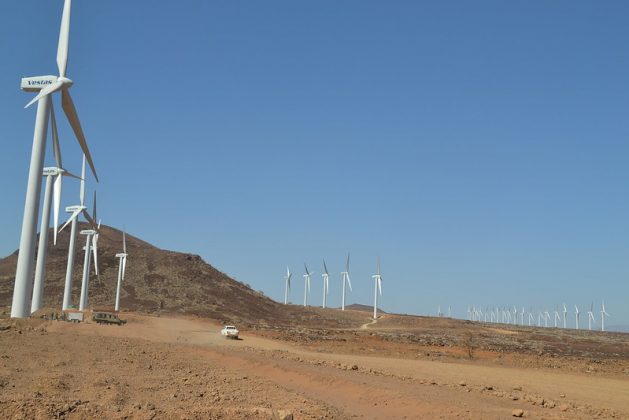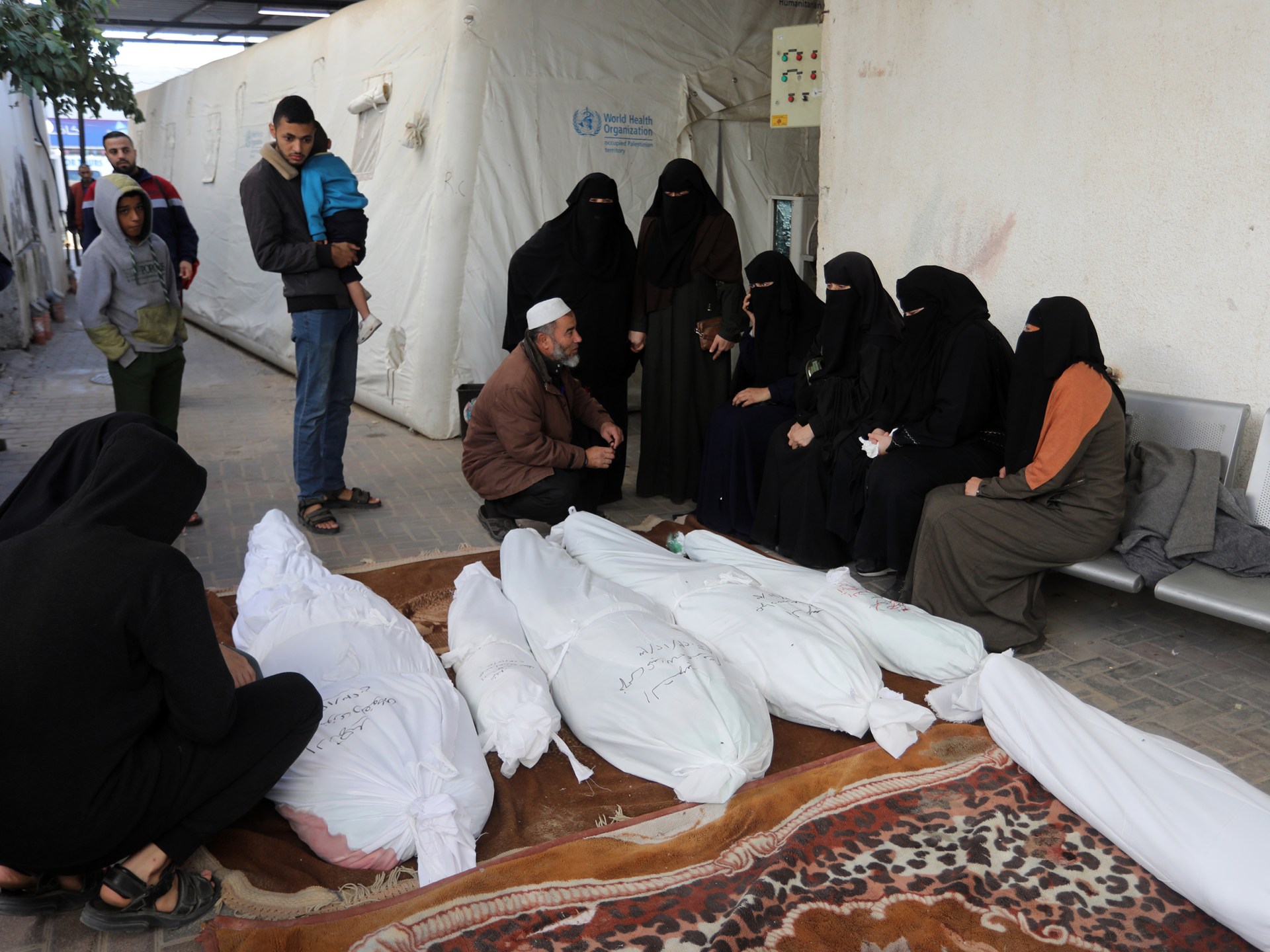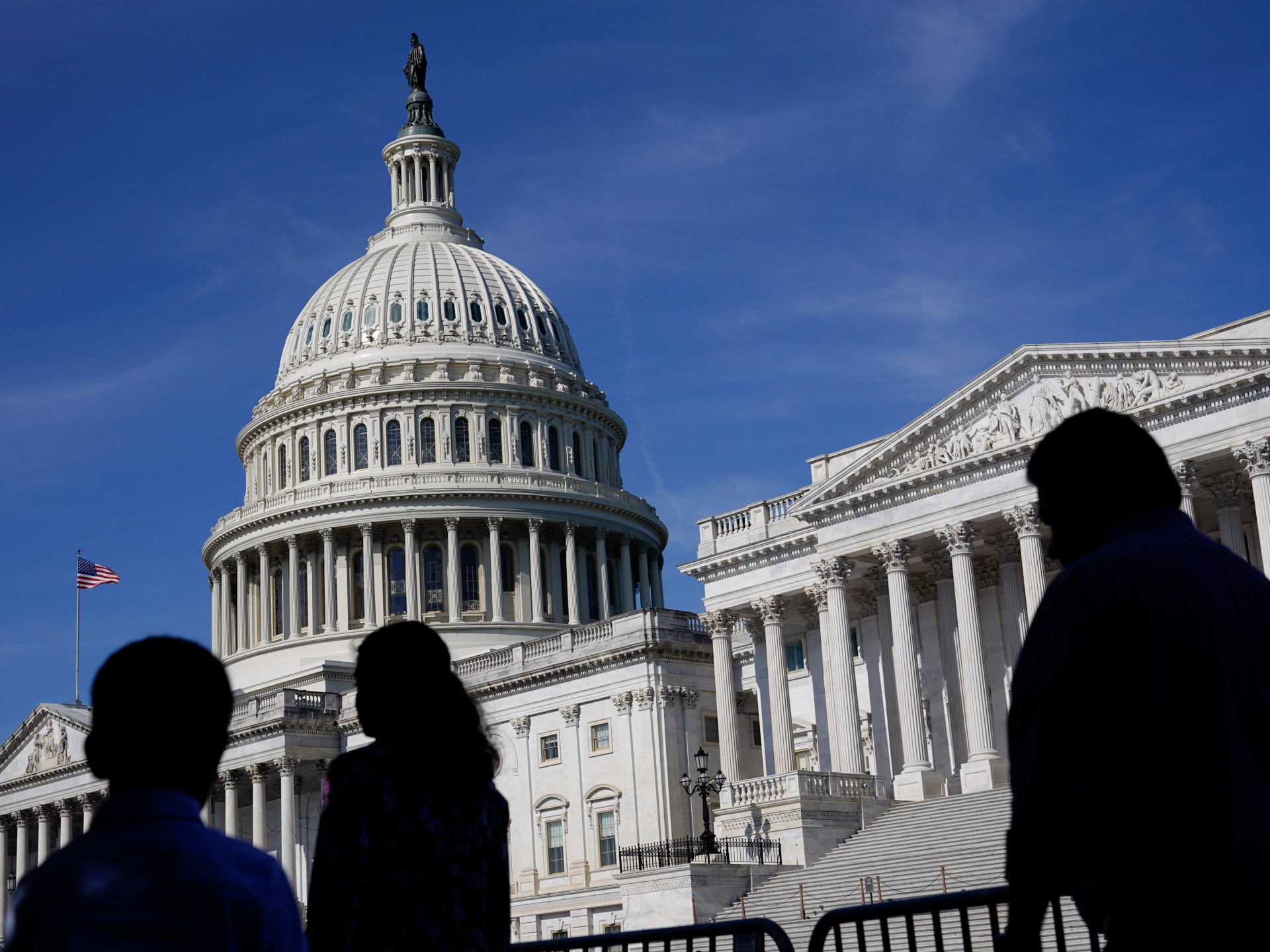Philippines’ billions in climate funds face scrutiny over green credentials | Environment News
Manila, the Philippines – After typhoon Doksuri battered the Philippines earlier this year, pastor Thaad Samson waded through waist-high waters while going door to door to check on his neighbours.
Seventeen towns in his home province of Bulacan were paralyzed by days of flooding after the typhoon hit the archipelago in July.
When the rains began, Samson’s parish was unfazed since it sits on land “as high as the tip of a cathedral”, but it wasn’t long before residents were crying out for help, Samson told Al Jazeera.
“The towns which didn’t used to experience flooding are now getting a taste of it,” Samson said.
Samson blames reclamation projects in the region for his community’s sudden vulnerability to extreme weather.
“This is not just my opinion, it’s a scientific fact,” he said.
In 2017, the Philippine government spearheaded 13 land reclamation projects along Manila Bay, spanning five provinces including Metro Manila and Bulacan.
While civil society groups and lawmakers sounded the alarm about potential harm to the environment, Manila pointed to massive expenditures on climate-related projects aimed at offsetting the risks and negative effects of large-scale development.
For environmental advocates like Samson, though, Manila’s climate spending is nothing more than an attempt to greenwash environmentally damaging development projects like reclamation.
“They are destroying mangroves across 15,000 hectares of water. I don’t see how that protects us from climate change especially when flood levels have been rising in nearby areas,” Samson said.
The Philippines experiences 20 typhoons annually. According to the World Bank, flooding caused by typhoons has resulted in about 30,000 deaths during the past three decades in addition to massive economic losses.
Since 2009, climate-related spending by the Philippine government has ballooned, with most expenditure funnelled towards infrastructure.
According to the Department of Budget and Management (DBM), “climate actions have been mainstreamed and institutionalised in our development plan and the National Budget. This resulted in a significant increase in the budget for climate change adaptation and mitigation measures by about 60 percent compared to the previous year’s allocation”.
For 2024, the Philippines has proposed allotting 543.45 billion pesos ($9.74bn) for climate expenditures, a 17 percent increase in spending from the current year, which was already 60 percent higher than 2022.
Climate expenditures account for 9.4 percent of the country’s total budget, with the DBM proudly touting that the number exceeds the country’s 8 percent commitment under the latest Philippine Development Plan.
President Ferdinand Marcos Jr remarked in November that economic development hinges on recognising the country’s vulnerability to climate change.
“It is the basis on which we have to act for the future, on which we have to design our systems. We have to keep climate change in mind,” Marcos said.
Around 461.5 billion pesos ($8.27bn), or 84.9 percent of spending, has been earmarked for flood control or railways, with much of the formerly related land reclamation in Manila Bay and the latter touted as a means of reducing carbon emissions.
Despite being tagged as climate spending, critics query whether such expenditure has more to do with supporting the government’s policy agenda than the climate and whether it may in fact be doing more damage to ecosystems.
“Our country’s entire climate program is pure lip service,” Arlene Brosas, assistant minority leader in the Philippine House of Representatives, told Al Jazeera.
“When the world asks what the Philippines is doing about climate change, we will have new trains and inept flood control to show for it, plus significantly less mangroves and farmlands,” Brosas added.
Climate spending disbursed through Special Purpose Funds (SPFs), which allocate money under broad categories of use rather than specific projects, is an emerging trend in the Philippines, according to Brosas, who argues the funds are corruption-prone and an example of “climate pork” doled out “for those uninterested in actual results”.
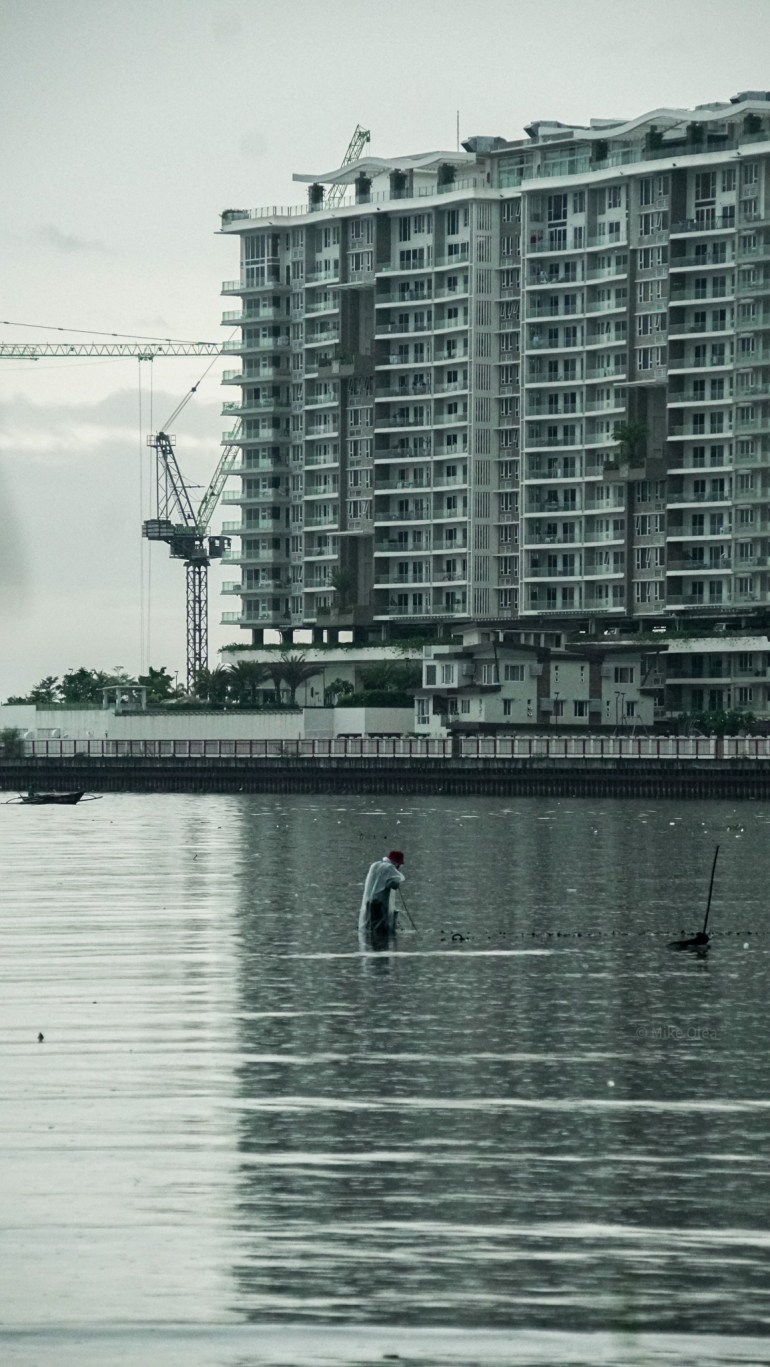
Under the government’s plans, SPFs intended for climate mitigation and adaptation are set to increase in size next year by about 68 percent compared to the current allocation, reaching 22.47 billion pesos ($400m).
Still, Manila is unable to say how the money will be spent apart from supporting adaptation and mitigation efforts by government corporations and local governments.
University of the Philippines Professor Timothy Cipriano, an environmental geographer with the national research group AGHAM, said the climate spending label is “technically accurate” but distracts from better solutions to climate change.
“Using infrastructure as a climate change solution is antiquated. Too often in the Philippines, we see adaptation projects drain the water from certain areas only to divert flooding to another community,” Cipriano told Al Jazeera.
Cipriano said that reclamation projects in Manila Bay have impeded the release of water into the bay during heavy rains, causing increased water retention.
He said the government is using flood control projects to mitigate risks of their own creation.
The Manila Bay reclamation initiative also compromises mangroves along the Sasmuan Pampanga Coastal Wetland, a 3,500-hectare threatened area noted for its “international importance” under Ramsar Convention standards.
“The more we replace natural defences with infrastructure, the more we pay the price. Engineering interventions are limited. We’ve been doing this for years and flooding problems aren’t getting any better,” Cipriano said.
But last week, Marcos said that the country’s current El Nino conditions show the need for the speedier implementation of projects to lessen the effects of climate change.
“We will accelerate the building of dams and flood control projects,” Marcos said.
The government is also providing the Department of Transportation (DOTr) with 163.7 billion pesos ($2.93bn) worth of climate funds for railway development.
The allocation amounts to 76.4 percent of next year’s transport budget and is a 55.3 percent increase from the current year’s railway spending.
According to a 2022 assessment by the Asian Development Bank, construction for the big-ticket, Japan-funded 873 billion pesos ($15.64bn) North-South Commuter Railway (NSCR) project, “will generate significant greenhouse gas emissions” averaging “508,000 tons of carbon dioxide per year for 7 years”.
The benefits of emission reduction will only be seen by 2040, according to the development bank.
Along with the Metro Manila subway, the NSCR is one of the administration’s more ambitious mass transport undertakings. DOTr chief Jaime Bautista has lauded the NSCR as economically transformational and touted investment in rail as critical to reducing emissions.
“The completion of the full NSCR line will bring greater convenience for our commuters. It will offer an efficient and comfortable transport alternative that spans a great distance,” Bautista said in October.
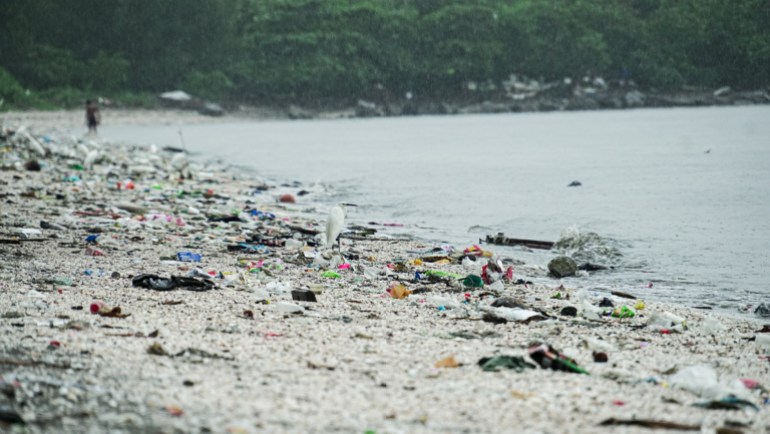
Cipriano cautioned against viewing railways as a green investment in the absence of a major shift to renewable energy in mass transportation.
“We have to be careful in tagging railways as green. They produce less carbon emissions but how do we produce the electricity? The Philippines is already heavily reliant on fossil fuels,” Cipriano said.
Meanwhile, the think-tank Center for Energy, Ecology and Development has estimated that investments in fossil fuel energy sources between April 2022 and March 2023 reached 1.7 billion pesos ($30m).
Brosas accused the government of using the climate tag to attract foreign funding and loans. In 2017, over $200bn of Metro Manila’s infrastructure-heavy flood management program was funded by the World Bank.
According to the National Economic Development Authority database, the DOTr has secured 1.7 trillion pesos ($30bn) worth of overseas development from Japan for five key railway projects.
“The administration erroneously thinks that big-ticket construction with large sums from abroad will fix the environment. But really, it’s just a business manoeuvre,” Brosas said.
Brosas raised concerns about the financial and social costs of the projects.
“For the next five years of constructing these projects, we will be neck deep in even more debt,” she said. “We’re breaking ground without considering the eviction of hundreds of thousands of families.”
Around 220,000 families are expected to be displaced to make way for the projects, while the national debt in August hit a record high of 14.35 trillion pesos ($260bn).
Tony La Vina, a lawyer and associate director of the Manila Observatory, a research institute focusing on disaster risk response, cast doubt on whether this type of spending should even be considered legal.
“It’s too open-ended. Lump sums, generally are not specified and might even count as an illegal expenditure. It should be determined how the resources will be used, especially before tagging it as green,” La Vina told Al Jazeera.
The government should be more transparent in its climate crusade, he said, however, at the moment “there is no clear plan”.
Check out our Latest News and Follow us at Facebook
Original Source





